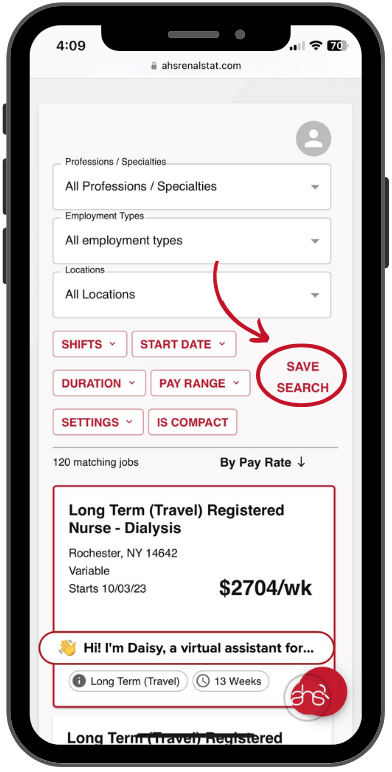Among the two available procedures for opening blocked arteries surrounding the heart, one appears to be safer than the other for dialysis patients, according to a study appearing in an upcoming issue of the Journal of the American Society of Nephrology (JASN). The findings may help lead to better care for kidney failure patients with coronary heart disease.
While 30 to 60 percent of kidney failure patients on dialysis have blocked arteries surrounding the heart, there is little information regarding how to optimally fix the life-threatening problem in these individuals. That’s because dialysis patients have been excluded from clinical trials on the two available procedures: open heart surgery (coronary artery bypass grafting, or CABG) and angioplasty (percutaneous coronary intervention, or PCI).
Tara Chang, MD, Wolfgang Winkelmayer, MD, ScD (Stanford University School of Medicine) and their colleagues examined a database of all patients on dialysis in the United States with primary Medicare coverage to determine which is the best revascularization strategy: CABG or PCI. They identified nearly 22,000 dialysis patients who underwent CABG or PCI between 1997 and 2009.
Among the major findings:
• Overall survival rates were poor, with five-year survival rates of 22 percent to 25 percent irrespective of revascularization strategy. (Five-year survival rates in patients without kidney disease are over 90 percent.)
• CABG was associated with a 13 percent lower risk of death and a 12 percent lower risk of either dying or having a heart attack.
“It is important to note that because our study was observational, our results cannot prove that CABG is better; only a randomized trial can do that,” said Dr. Chang. “However, our study does offer guidance to patients and providers who must make these tough decisions and suggests that in carefully selected patients on dialysis with multivessel coronary heart disease, CABG may be preferred rather than PCI.” Because organizing a randomized trial of CABG and PCI in patients on dialysis would be quite difficult, observational studies such as this one may be the best way to compare the two strategies. ~Renal Business Today


